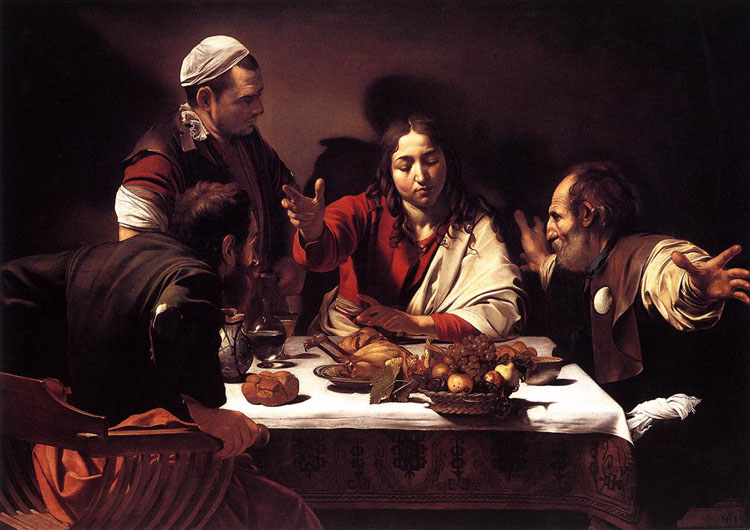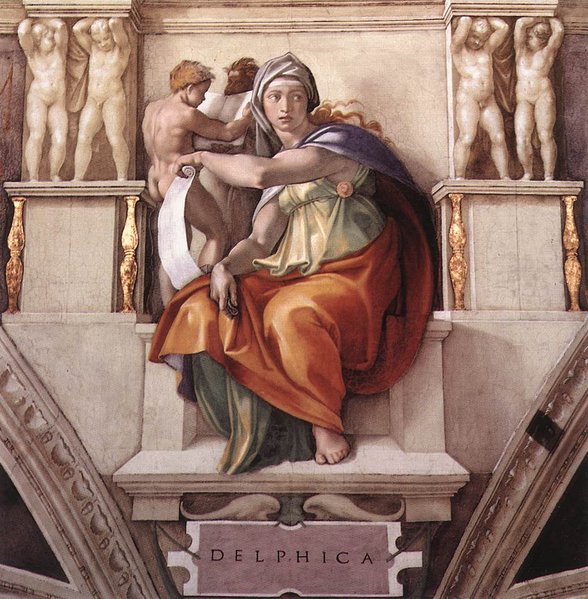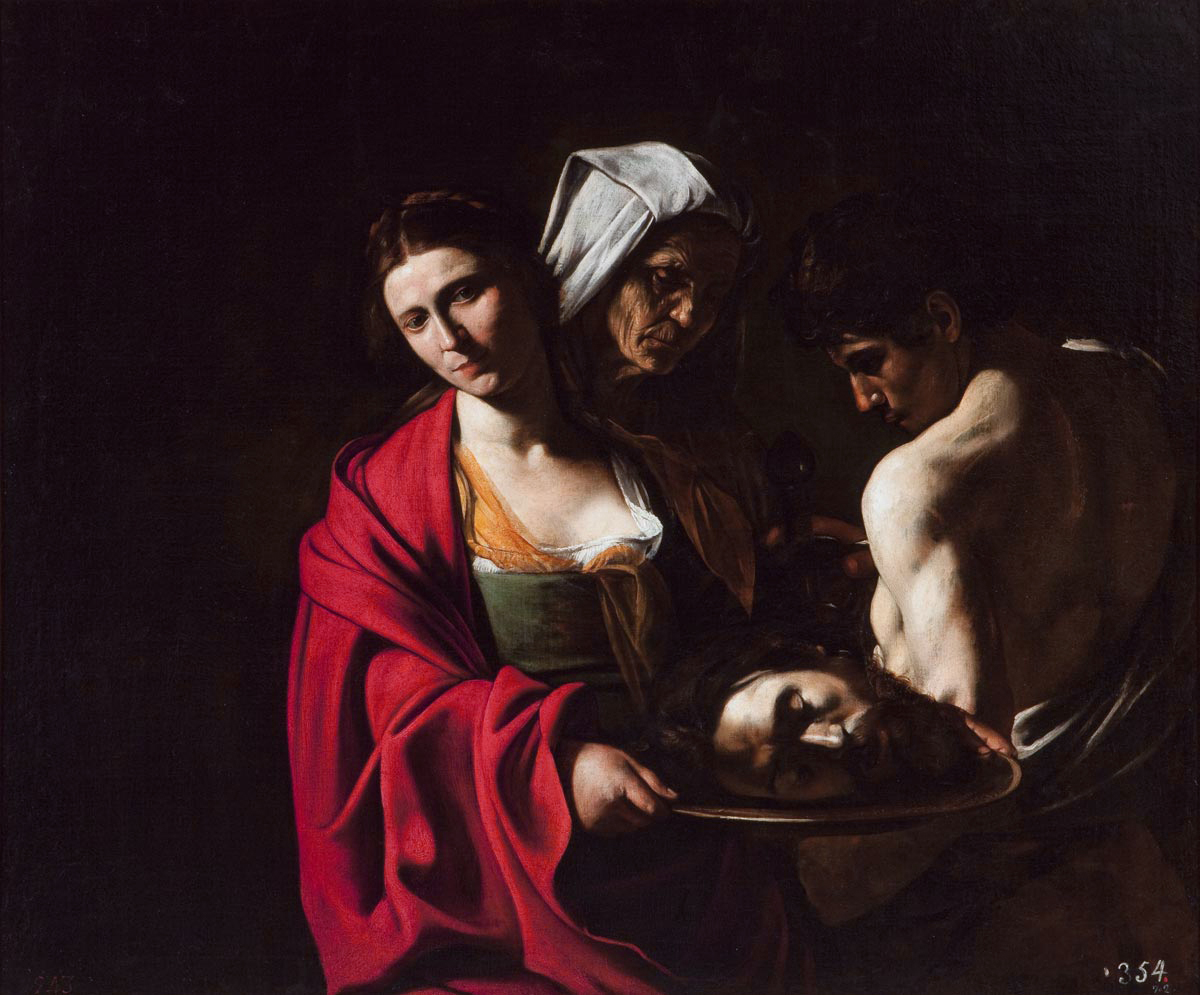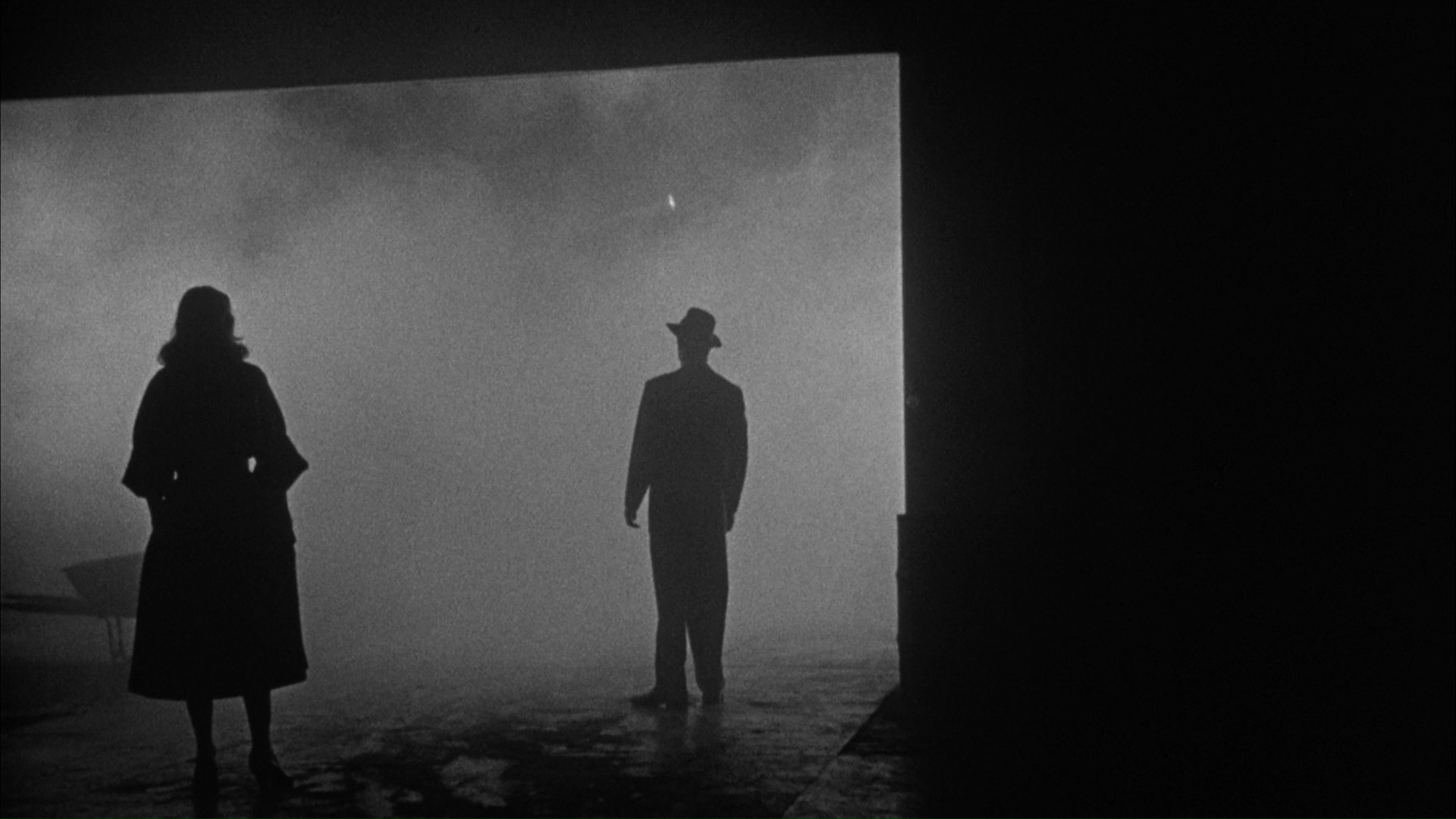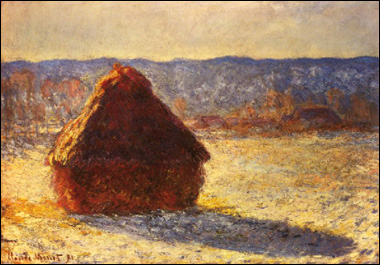Caravaggio 'The Supper at Emmaus' 1596/98
Along with Time (see Shutter Speeds), Light is a key element of Photography. Natural light, artificial light, diffused light, early morning light, harsh light, soft light - it can give the same scene a dramatically different feel.
This painting above is an example of Chiaroscuro (literally meaning Light/Dark) and shows a strong contrast between the light areas and the shadows. It is by the artist Caravaggio whose work is characterized by this technique. His aggressively realistic and dramatically lit paintings swept away the remains of the late renaissance Mannerist style and ushered in the dynamic and confident age of Italian Baroque painting. The drama and violence of his personal life matched that of the paintings; after several minor offenses, he committed a murder which forced him to flee Rome and spend the rest of his short life as a fugitive, in effect producing his last works on the run. So after his early fame he became a near outcast.
'The Delphic Sibyl' detail from the Sistine Chapel ceiling, 1508-12 Michelangelo
This is a detail from Michelangelo's Sistine Chapel ceiling - painted almost a century before Caravaggio. The form, colours and perspective are beautifully achieved and we can see every inch of the figure. The separate boundaries between the figures are so clear you could almost peel the figures of the wall like a sticker.
'Salome with the Head of John the Baptist' Caravaggio
In a Caravaggio the figures disappear into the darkness and there is no background to speak of. Faces and hands are highlighted while other sections are cast into shadow. Seen in reality the black has a physical presence and is rich black pigment applied to the canvas.
Caravaggio 'Madonna di Loreto' 1603-06
Caravaggio was famous for his depiction of realistic looking people, as in the "Madonna of Loreto" (1604), where the subjects have dirty feet facing towards the viewer. He main themes were religious but he controversially used people from the street, male and female, as models in his paintings. Even today his work seems 'Modern' as there is a contemporary feel to his work.
Still from 'Mean Streets' by Martin Scorsese 1973
Black and White publicity still for 'Taxi Driver' Scorsese 1976
The film director Martin Scorsese has said he considers Caravaggio a major influence (see interview here). Scorsese's own use of dramatic lighting, gritty characters and seedy story lines have certain parallels with Caravaggio's technique and life story. Caravaggio has influenced generations of artists, film makers and photographers.
'The Big Combo' 1955
Two stark silhouetted figures emerge from a foggy backdrop. There is a moody, almost seedy, feel to this image. Crooks, Private detectives, chancers, femme fatales - these are the characters that inhabit the world of Film Noir (literally French for Black Film). The stories are based on 'Hard Boiled' crime fiction of the 1930's - written during the American depression.
Cover of 'Black Mask' magazine Sept 1943 - an example of Hard Boiled literature
Still From Otto Preminger's 'Fallen Angel' (1945)
The look of Film Noir is low key black and white photography, shadows, silhouettes, unconventional compositions and strong angles. In this still from 'Fallen Angel' - we can see how the image is broken up into the rule of thirds. One figure is hiding to the left of the frame and his form is repeated by the strong shadow he casts. The left hand and center third are used to frame the doorway which frames two figures unaware of the spying character. The strong black and white, combined withe the vertical and horizontal lines of the building, adds to the stylistic nature of the scene.
Scene from 'The Killers' Robert Siodmak (1946)
The films were made during the 1940's and 50's and the early films coincided with the outbreak of world war II. This is important in two ways. Firstly the simple lighting was created with a hand full of lights partly due to the minimum studio budgets. A single light creates strong shadows and bright highlights - so the look is partly intentional and partly out of necessity.
Film noir's aesthetics are deeply influenced by German Expressionism, an artistic movement of the 1910s and 1920s that involved theater, photography, painting, sculpture, and architecture, as well as cinema.The rise of Hitler in the 1930's meant many key German film makers (Billy Wilder, Fritz Lang and Robert Siodmak) emigrated to America, and in turn, influence American Cinema. The darkness that Nazism brought to Europe is the same darkness that cloaks the characters of film noir.
Still from 'Nosferatu' - FW Murnau 1922
Film Noir used shadows and bars of light to carve up the frames almost to the point of abstraction. The period of German Cinema between 1918 and 1933 is referred to as "Expressionist Cinema" and its influence on film noir can be clearly seen. In this still from 'Nosferatu' the scene uses the rule of thirds. In the first left hand third a sinister shadow creeps up the stars. The central third is almost empty and the last third is full of abstract shadows and lines. The shadow of Nosferatu is one of the most terrifying scenes of the silent movie released in 1922. The movie 'Nosferatu' is based on the novel of Bram Stoker's Dracula, but some of the details are changed: Dracula becomes Nosferatu, Count Dracula - Count Orlok, and the finality of the story is changed.
In these two scenes from 'The Cabinet of Dr Calligari' the use of dramatic diagonal lines to break up the composition is a characteristic of GermanExpressionism.
'Potsdamer Platz' 1914 Ernst Ludwig Kirchner
In this painting by Ernst Ludwig Kirchner you can see the warped perspective of the city streets almost tipping the scene over. You can see how Kirchers dramatic distortion of space was used in the stage sets of German cinema. Kirchner was one of the prolific of the German Expressionist artists who were opposed to the academic art that surrounded them.
Jaromir Funke 'Abstract photo' 1928-29
These images show how German expression not only took the form of painting, printing, film but also avant guard photography. Jaromír Funke (1896–1945) was one of the foremost photographers of the 1920s and 1930s in Czechoslovakia, a country that stood at the forefront of creative photography during these two decades. In many ways he was an amateur in the true sense of the word. These simple light experiments combine diagonal lines and triangles with circles to create dramatic compositions. The use of strong contrast between the areas of light and dark adds to this dramatic effect. The influence of German expressionism has reached art (Neo Expressionism), animation (Lotte Reiniger's - fairy tale films), modern cinema (Film Noir, Sin City) and even video games (via film noir - LA Noir - here).
Rembrandt 'Old Woman Reading (Rembrandt's Mother as the Prophetess Hannah)' 1631
Rembrandt (or a follower) 'A Scholar in a Lofty Interior' 1930
These two early paintings by Rembrandt could almost be stills from a film in the style of film noir. The use of a single light source and the dramatic use of light and dark have a similar effect. However, rather than artificial studio lights Rembrandt's subjects are lit by natural light. This is the same use of Chiaroscuro (Light/Dark) used by Caravaggio (see the top of this page). This technique involved the main image being dark with light coming from (or reflected off) the subject matter. This created a dark dramatic image and often gave the effect of light coming from the center of image.
Carel Fabritius 'The Goldfinch' 1654
This painting is by Carel Fabritius who was one of Rembrandt's most talented pupils. Rather than being dark, with light coming from the center, the image is bright and seems bathed in a golden light (possibly early morning light). Fabritius has inverted his masters technique and his image is bright with the central subject being the darkest element of the image. This is a beautiful quite image - in life it is about the size of an A4 piece of paper. The quality of light gives an air of stillness to this delicate image.
'The Milkmaid' 1658-60 Jan Vermeer
From Frabritius early morning light we are taken to the diffused midday light coming through a window in Delft. This image was painted by Vermeer who was influenced by Frabritius' use of light and his inversion of the chiaroscuro technique. This is a simple everyday scene. The equivalent today could be of somebody making a cup of tea in their kitchen. However, this scene is transformed partly due to Vermeer's use of light. The quality of light can greatly effect an image - from different weather conditions to different times of the day.
Claude Monet’s haystack series
A group of Monet's Haystacks
As an impressionist painter Monet was fascinated by light. The warmth of the early morning light, the strong contrast of midday, the golden hour when the sun begins to set, twilight or the diffused light on a cloudy day. When he visited London he didn't see dullness, instead he was amazed by all the different shades of grey and white. During the harvest season of 1890 -91 he returned to the same hay stacks and painted them on site. The same ordinary subject is transformed by observing how the light changes at different times of day and year. Although technically a series of images there is a sense of time passing and the images seem to follow a natural sequence.
Wim Wenders
Keld Helmer Petersen
Hopper
Early sunday Morning
Gregory Crewdson
Gregory Crewdson uses Hollywood techniques to create glossy Edward Hopper-esque portraits of American life. He works like a Film Director with an enormous crew and artificial lighting. But where Hopper stripped life bare, Credson's images offer an overabundance of detail.

